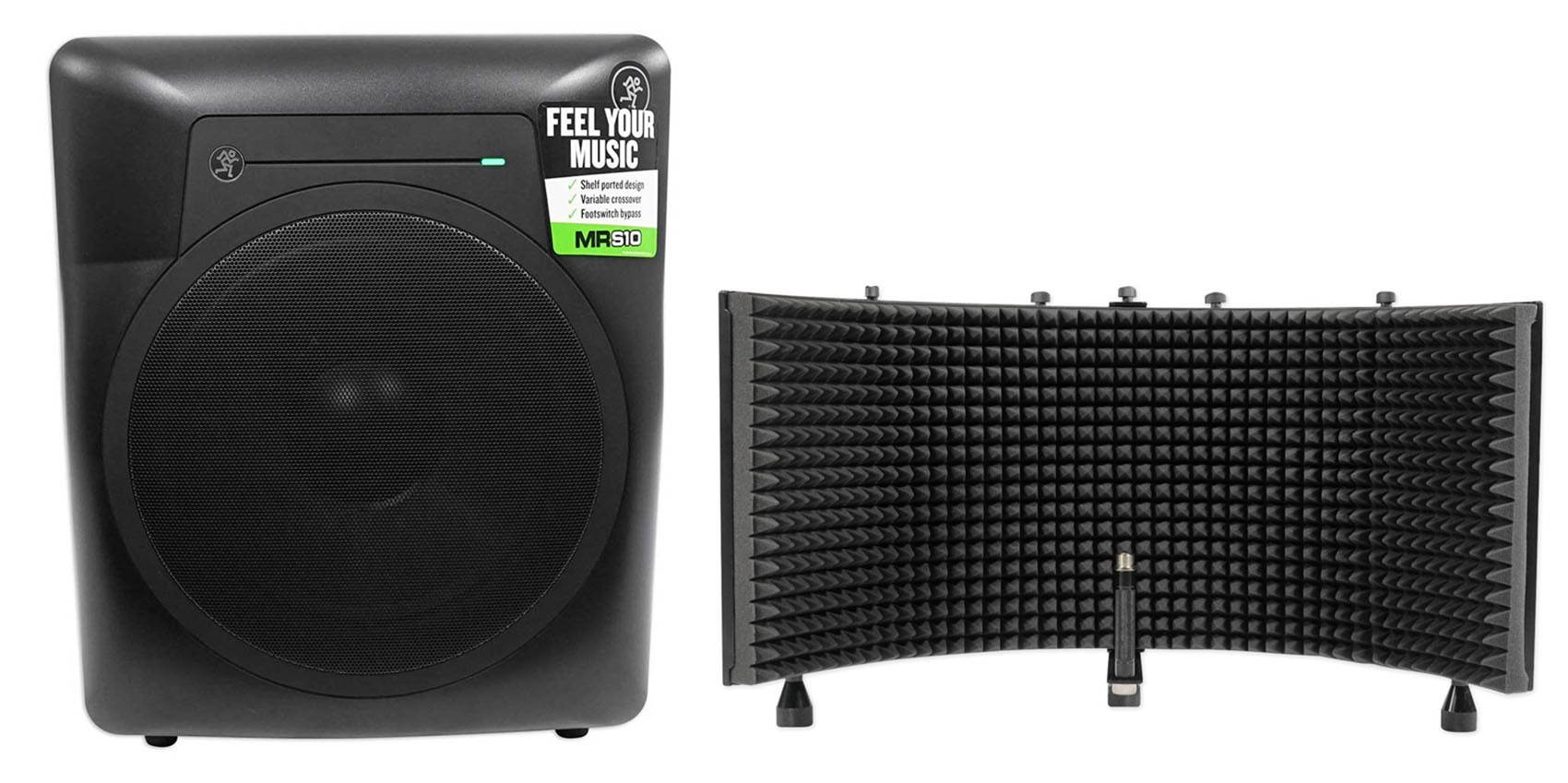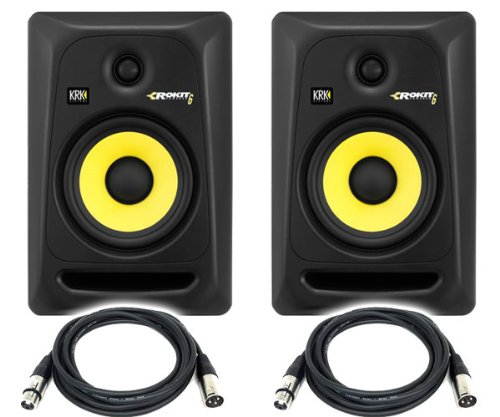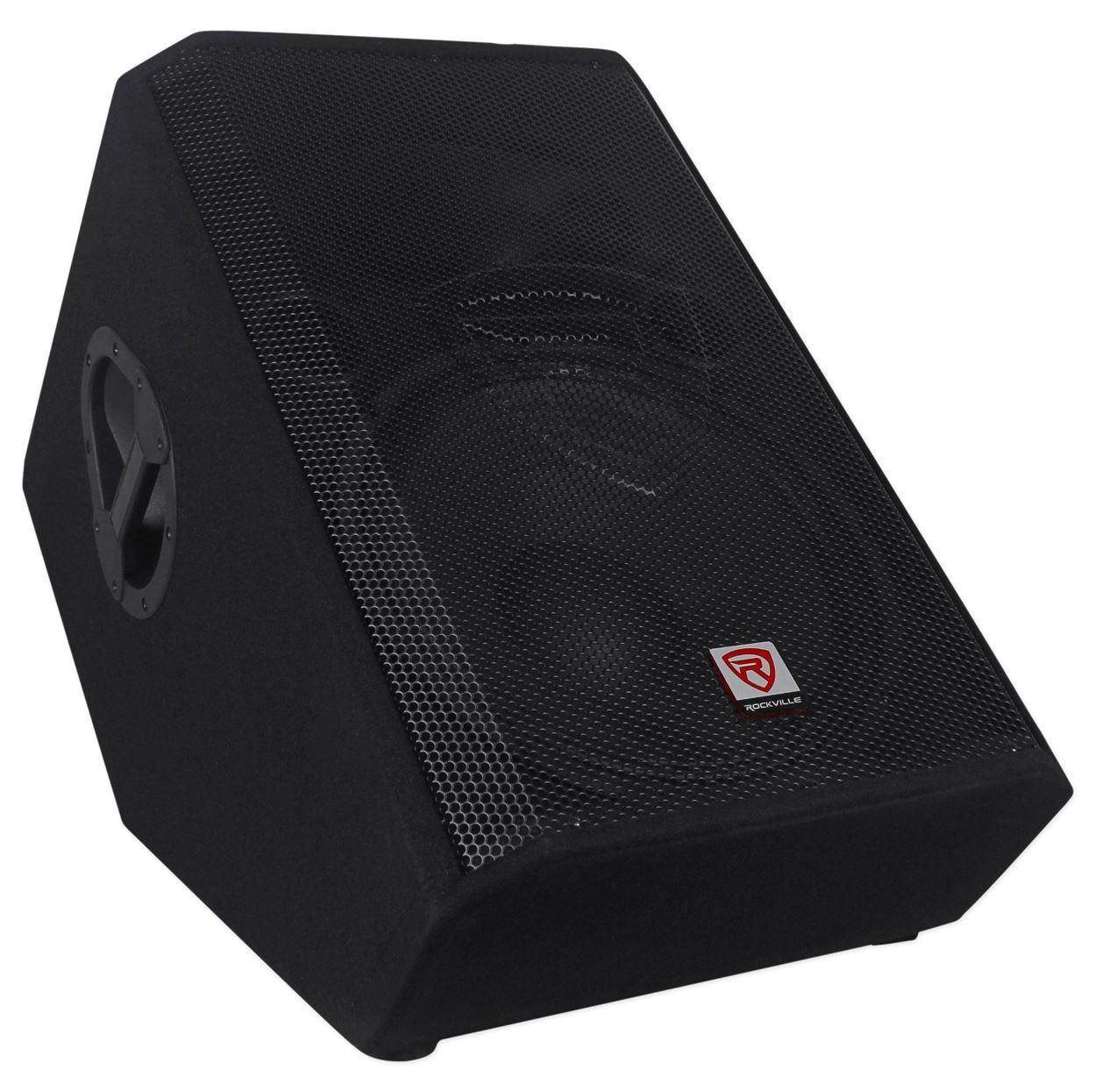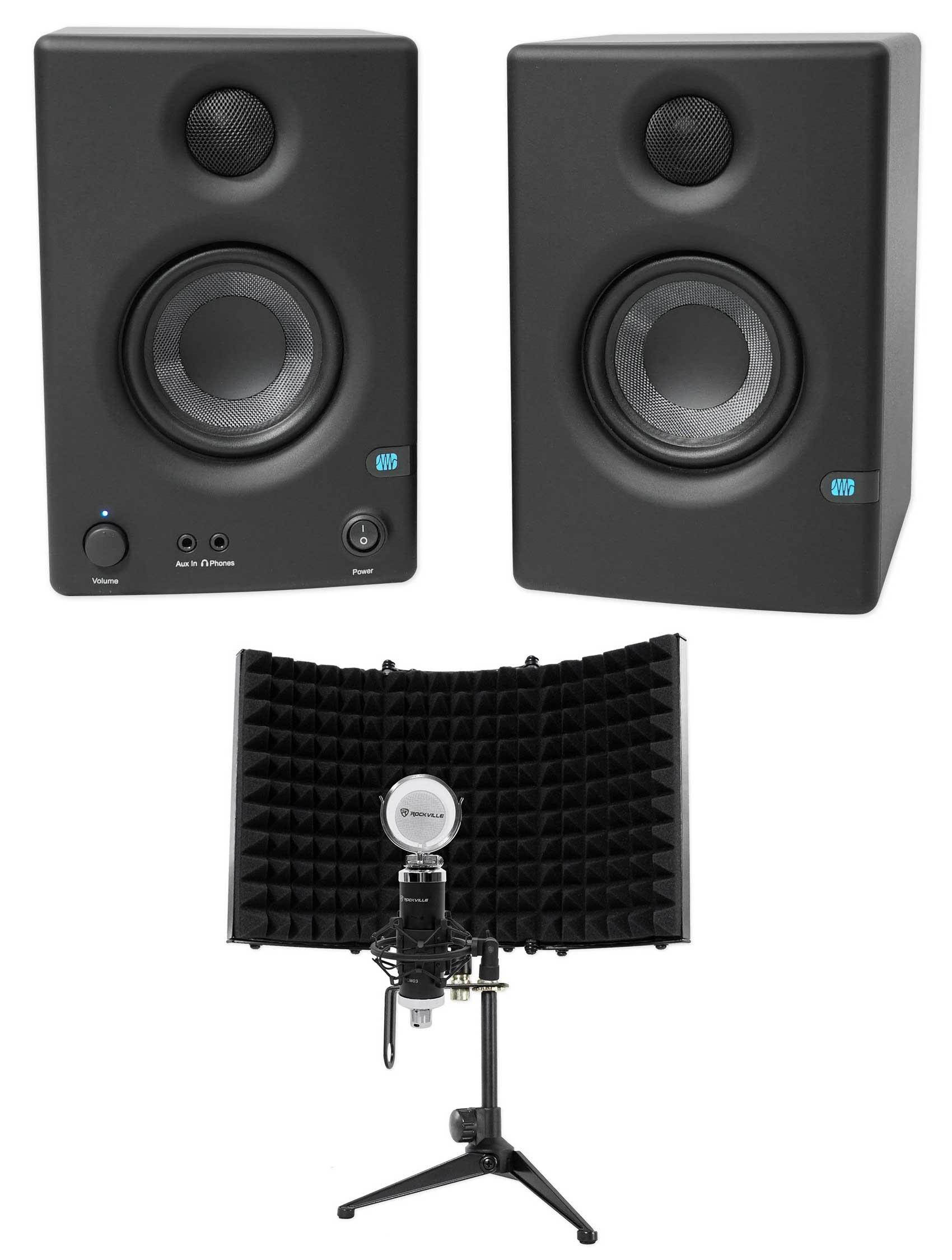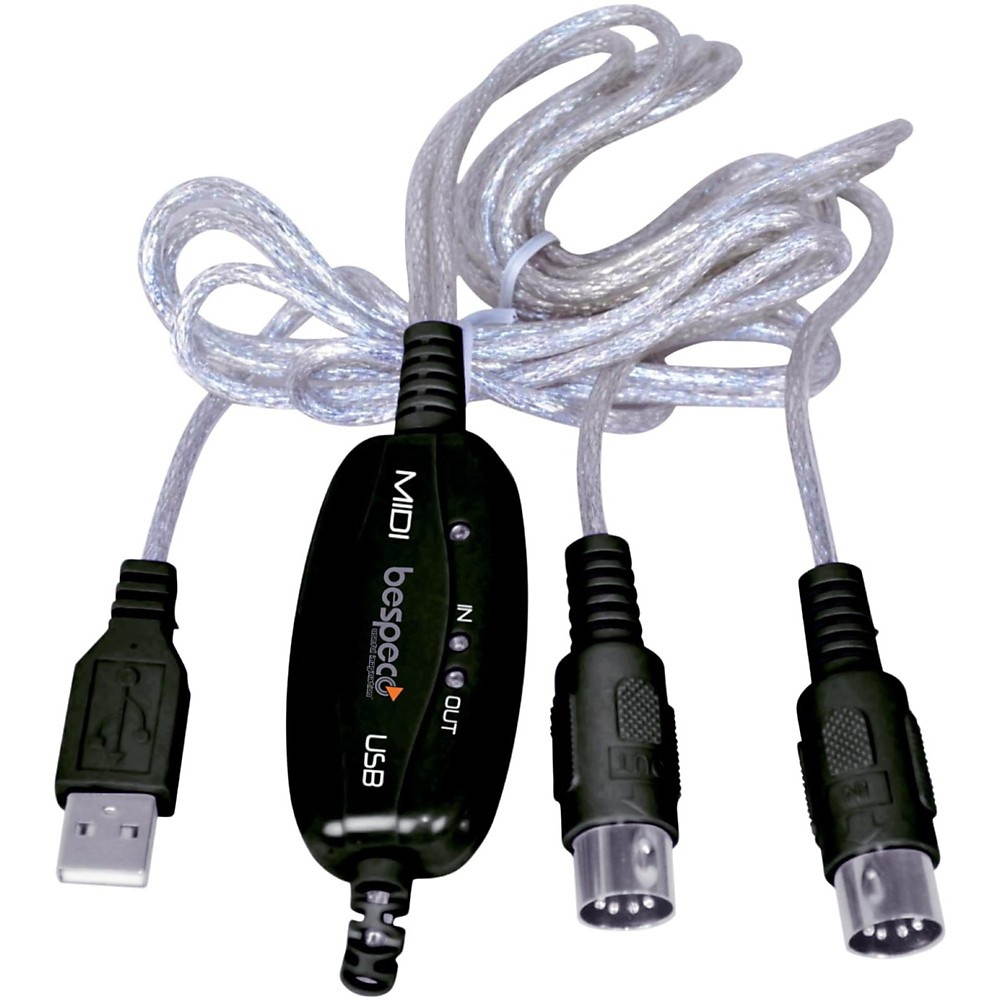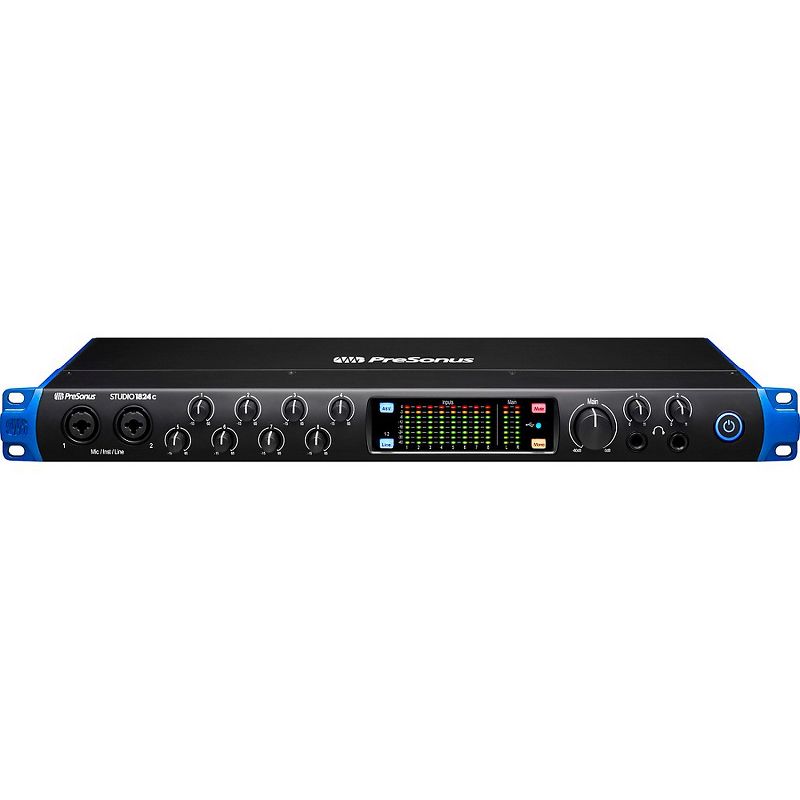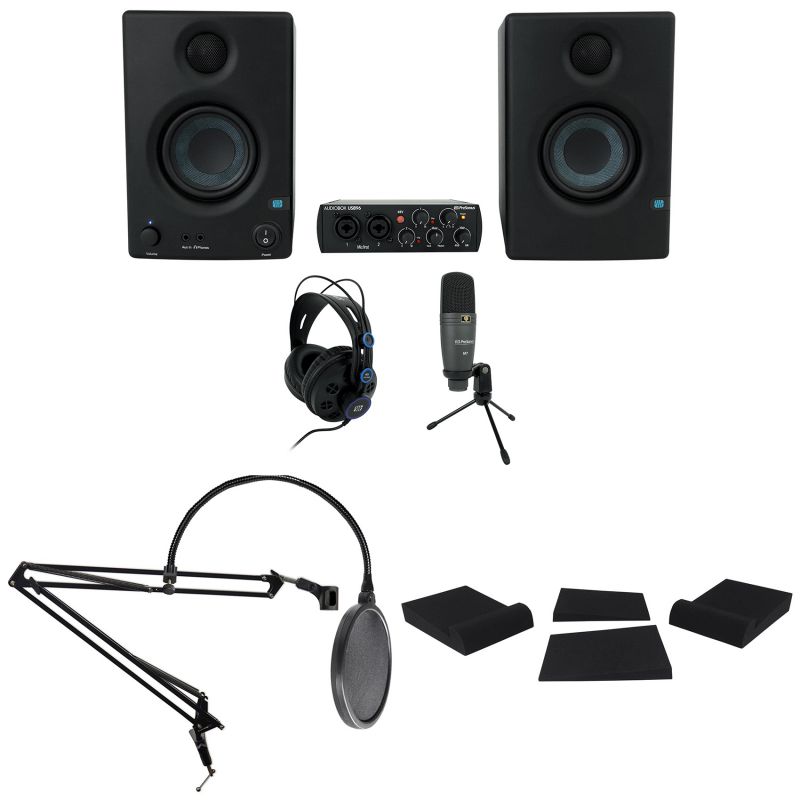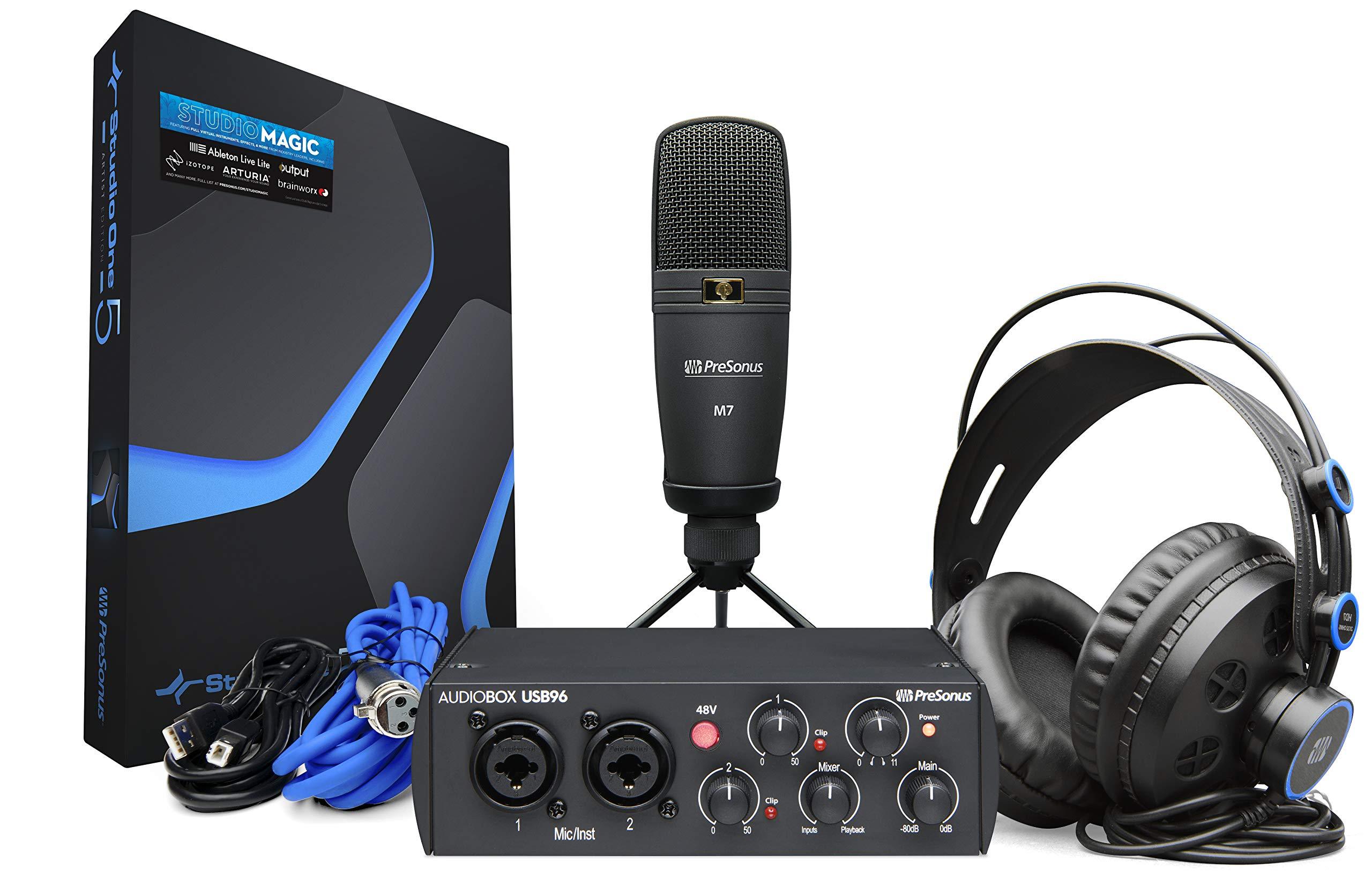Trusted shipping
Easy returns
Secure shopping
Buy 2 Presonus 8" Powered Active Studio Monitors+Pair Stands+Foam Isolation Pads in United States - Cartnear.com

2 Presonus 8" Powered Active Studio Monitors+Pair Stands+Foam Isolation Pads
CTNR1124785 0613815884750 CTNR1124785Presonus
2027-01-02
/itm/2-presonus-8-powered-active-studio-monitorspair-standsfoam-isolation-pads-1124785
USD
433.31
$ 433.31 $ 442.15 2% Off
Item Added to Cart
customer
*Product availability is subject to suppliers inventory
SHIPPING ALL OVER UNITED STATES
100% MONEY BACK GUARANTEE
EASY 30 DAYSRETURNS & REFUNDS
24/7 CUSTOMER SUPPORT
TRUSTED AND SAFE WEBSITE
100% SECURE CHECKOUT
Package Includes: (1) Presonus Eris E8 - High-Definition 2-way 8 Near Field Studio Monitor New! (2) Rockville RHTSB 36 Inch Surround Sound Home Theater Speaker Stands (1) Pair of Rockville RRS263M High Density Foam Studio Monitor Isolation Pads 10.35 x 13 with 3 Angle Adjustments.
font5 { FONT-STYLE: normal;
FONT-FAMILY: Calibri, sans-serif;
COLOR: black;
FONT-SIZE: 11pt;
FONT-WEIGHT: 400;
TEXT-DECORATION: none } Authorized Presonus Dealer! Video of
Eris E8:
Description: When you’re ready to get serious about recording, it’s time to step up to Pre
Sonus Eris-series studio monitors. Cheap computer speakers and home-stereo speakers won’t reveal the truth about your mix. They aren’t designed for that. In contrast, Eris speakers are real studio monitors, delivering a very accurate response with a tight bass and very clear upper end. That’s what you need in a home studio. Thanks to well-designed Kevlar® low frequency transducers, low-mass silk-dome tweeters, responsive Class AB amplification, and professional acoustic-adjustment controls, Eris delivers the goods. Yet Eris-series speakers are ultra-affordable, making them a terrific value. When Size Matters For an extended low-frequency response and a bit more muscle, step up to the Eris E8. With its 8-inch, Kevlar low-frequency transducer, driven by a 75 watt, Class AB power amplifier, it can range down to 35 Hz. Like the E5, the E8 can reach all the way to 22 kHz, thanks to a 1.25 -inch (32 mm), silk-dome, high-frequency tweeter. However, the E8’s tweeter is driven by a heftier 65W, Class AB amplifier. With its extra juice, the E8 can deliver up to 105 dB SPL, peak.
All Eris speakers have front-ported enclosures made of vinyl-laminated, medium-density fiberboard (MDF). Connections Both Eris models provide balanced XLR, balanced ¼” TRS, and unbalanced RCA line-level inputs. When both balanced connections are in use, the TRS input will supersede the XLR input. The RCA input is summed into the signal path. With this selection, you’ll have no problem hooking your Eris speakers up with virtually any line-level source. (If your signal source has unbalanced, ¼” TS outputs, simply use a ¼”-to-RCA adapter or adapter cable. ) You’re in control! Today’s music producers deal with a wide variety of musical genres and often work in more than one location. It’s easy to take your Eris speakers with you when you want to work in a different space. It’s almost as easy to customize their sound for your room and type of music. The most basic control is the Input Gain, which determines the signal level before it reaches the power amp. This is part of gain-staging your overall system—that is, setting the levels for every part of the recording chain in order to get the optimal level of clean audio all the way through.
Once you’ve gain-staged your system, you can leave this control alone. The Eris E5/E8 provides three EQ controls in its
Acoustic Tuning section: High, Mid, and Low Cutoff. These controls enable you to fine-tune the monitors and even to broadly approximate the sounds of different types of speakers so you can hear what your mix might sound like, for instance, on a car stereo or portable radio. The Low control also is useful when using the E5 or E8 with a subwoofer. In addition to the Acoustic Tuning controls, Eris speakers offer a three-position Acoustic Space switch. This switch controls a second-order, low shelving filter that cuts the level of all frequencies below 800 Hz by a specified amount (-2 or -4 dB) to compensate for the boundary bass boost that occurs when the monitor is placed near a wall or corner. If you don’t want to roll of those lows, set it to 0 dB. This combination of controls lets you create a linear response for accurate monitoring and enables you to simulate different l
font5 { FONT-STYLE: normal;
FONT-FAMILY: Calibri, sans-serif;
COLOR: black;
FONT-SIZE: 11pt;
FONT-WEIGHT: 400;
TEXT-DECORATION: none } Authorized Presonus Dealer! Video of
Eris E8:
Description: When you’re ready to get serious about recording, it’s time to step up to Pre
Sonus Eris-series studio monitors. Cheap computer speakers and home-stereo speakers won’t reveal the truth about your mix. They aren’t designed for that. In contrast, Eris speakers are real studio monitors, delivering a very accurate response with a tight bass and very clear upper end. That’s what you need in a home studio. Thanks to well-designed Kevlar® low frequency transducers, low-mass silk-dome tweeters, responsive Class AB amplification, and professional acoustic-adjustment controls, Eris delivers the goods. Yet Eris-series speakers are ultra-affordable, making them a terrific value. When Size Matters For an extended low-frequency response and a bit more muscle, step up to the Eris E8. With its 8-inch, Kevlar low-frequency transducer, driven by a 75 watt, Class AB power amplifier, it can range down to 35 Hz. Like the E5, the E8 can reach all the way to 22 kHz, thanks to a 1.25 -inch (32 mm), silk-dome, high-frequency tweeter. However, the E8’s tweeter is driven by a heftier 65W, Class AB amplifier. With its extra juice, the E8 can deliver up to 105 dB SPL, peak.
All Eris speakers have front-ported enclosures made of vinyl-laminated, medium-density fiberboard (MDF). Connections Both Eris models provide balanced XLR, balanced ¼” TRS, and unbalanced RCA line-level inputs. When both balanced connections are in use, the TRS input will supersede the XLR input. The RCA input is summed into the signal path. With this selection, you’ll have no problem hooking your Eris speakers up with virtually any line-level source. (If your signal source has unbalanced, ¼” TS outputs, simply use a ¼”-to-RCA adapter or adapter cable. ) You’re in control! Today’s music producers deal with a wide variety of musical genres and often work in more than one location. It’s easy to take your Eris speakers with you when you want to work in a different space. It’s almost as easy to customize their sound for your room and type of music. The most basic control is the Input Gain, which determines the signal level before it reaches the power amp. This is part of gain-staging your overall system—that is, setting the levels for every part of the recording chain in order to get the optimal level of clean audio all the way through.
Once you’ve gain-staged your system, you can leave this control alone. The Eris E5/E8 provides three EQ controls in its
Acoustic Tuning section: High, Mid, and Low Cutoff. These controls enable you to fine-tune the monitors and even to broadly approximate the sounds of different types of speakers so you can hear what your mix might sound like, for instance, on a car stereo or portable radio. The Low control also is useful when using the E5 or E8 with a subwoofer. In addition to the Acoustic Tuning controls, Eris speakers offer a three-position Acoustic Space switch. This switch controls a second-order, low shelving filter that cuts the level of all frequencies below 800 Hz by a specified amount (-2 or -4 dB) to compensate for the boundary bass boost that occurs when the monitor is placed near a wall or corner. If you don’t want to roll of those lows, set it to 0 dB. This combination of controls lets you create a linear response for accurate monitoring and enables you to simulate different l













